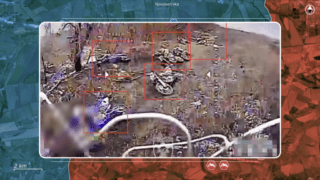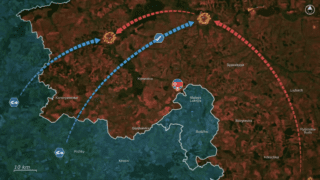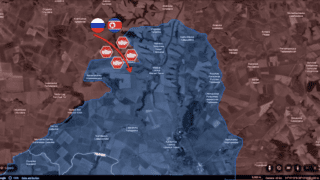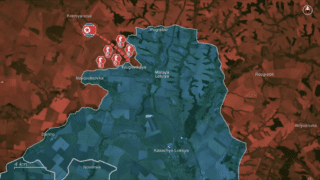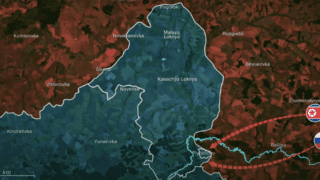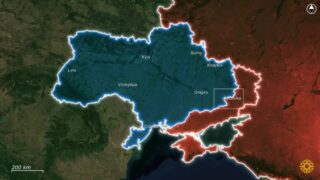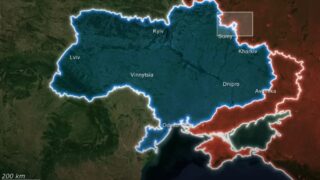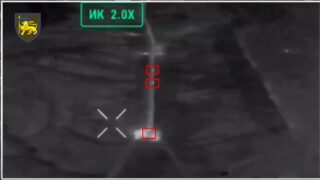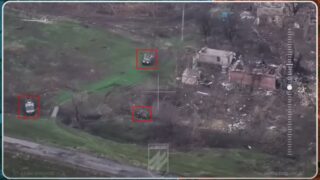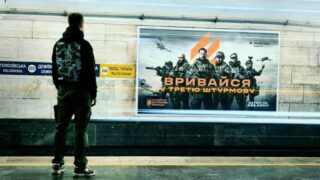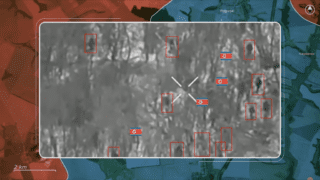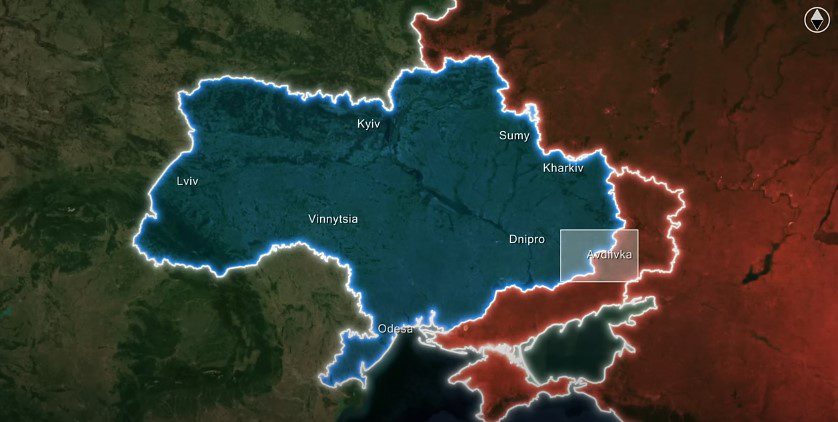
Frontline report: Russian soldiers’ life expectancy near Myrnohrad in Donetsk Oblast plummets to two weeks amid failed assaults
There are many interesting updates from the Pokrovsk direction. Here, desperately attempting to reach Myrnohrad before winter halts their advance, Russian forces ramped up the intensity of their assaults on the town’s defenses to up to 10 times per day.
However, the success rate of these attacks is so low that, as the recently released reports reveal, it single-handedly dropped the life expectancy of Russian soldiers in this sector to just two weeks.
The main Russian goal is to reach the outskirts of Myrnohrad and initiate urban combat. Securing a foothold in the town’s southern part would provide a base for operations and facilitate further incremental gains through urban warfare. Failure to establish this foothold now would force them to contend with muddy terrain, delaying advances until the ground freezes in January or February.

Aware of the severe time constraints, Russian generals are intensifying their efforts, reportedly launching up to ten assaults daily on Myrnohrad alone. However, none of these attacks have succeeded, largely due to the resilience of the Ukrainian 38th Marine Brigade.
The footage highlights well-established trenches constructed precisely according to military guidelines and proportions. This demonstrates how Ukrainian forces capitalized on Russia’s failure to make gains over months of assaults, using the time to strengthen their defenses and fortify positions to counter Russian offensives effectively.

Ukrainian forces have honed their artillery tactics to devastating effect, targeting Russian troop concentrations and adding significantly to their casualties. To preempt assaults, Ukrainian forces track Russian stormtroopers to their hiding spots in nearby mines of Novohrodivka. These positions are then subjected to precise artillery strikes coordinated with reconnaissance drones.

In one striking instance, a single accurate artillery round demolished an entire building filled with Russian soldiers, underscoring the precision of Ukrainian artillery and its critical role in neutralizing Russian assault units before they can even launch attacks.
Despite the losses due to their hurry to achieve strategic results during winter, the Russian command opts to proceed with assaults on the Ukrainian positions near Myrnohrad. Combat footage from the area reveals Ukrainian drone strikes on Russian forces trying to establish positions in trenches.
Notably, large Russian assault groups of up to 20 soldiers break up in panic and disorganization after Ukrainian drone strikes start, canceling their assaults as a whole. Most Russian soldiers are tracked and eliminated in trenches and dugouts one by one so that Ukrainian forces can physically retake positions afterward.

The relentless casualties are taking a devastating toll on Russian morale. Disturbing combat footage has emerged, showing soldiers overcome by despair and a sense of impendent death wandering into local cemeteries to sit and await the inevitable strike from Ukrainian drones. This heroin phenomenon highlights the profound psychological strain on Russian forces, many of whom perceive their survival as hopeless in such dire conditions.

Reports suggest that the life expectancy for Russian soldiers on the front lines has plummeted to just two weeks, with marginally better prospects of around four weeks in quieter sectors.
These grim statistics are particularly stark among volunteer recruits, who often lack sufficient training and equipment to survive in such a brutal environment. This rapid turnover of poorly prepared reinforcements is not only eroding Russia’s manpower reserves but also severely compromising its ability to sustain prolonged military operations.

Overall, the catastrophic attrition of Russian forces near Myrnohrad underscores the broader operational inefficiencies and strategic desperation of the Russian military. The decision to press relentless assaults despite minimal tactical gains and devastating losses reflects a leadership more focused on achieving symbolic deadlines than on sustainable military planning.

The alarming two-week life expectancy for Russian soldiers not only highlights the human cost of this approach but also suggests an accelerating depletion of manpower, which will have cascading effects on their ability to maintain offensives elsewhere.
In our daily frontline report, we pair up with the military blogger Reporting from Ukraine to keep you informed about what is happening on the battlefield in the Russo-Ukrainian war.



